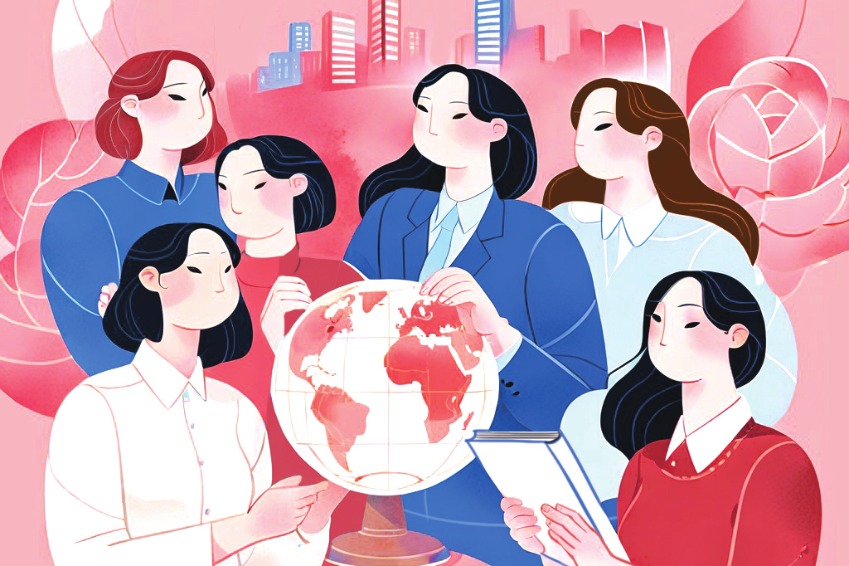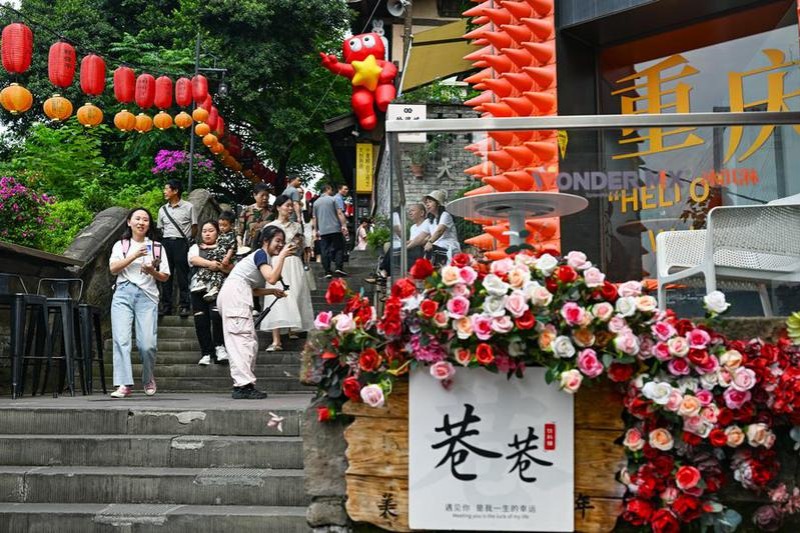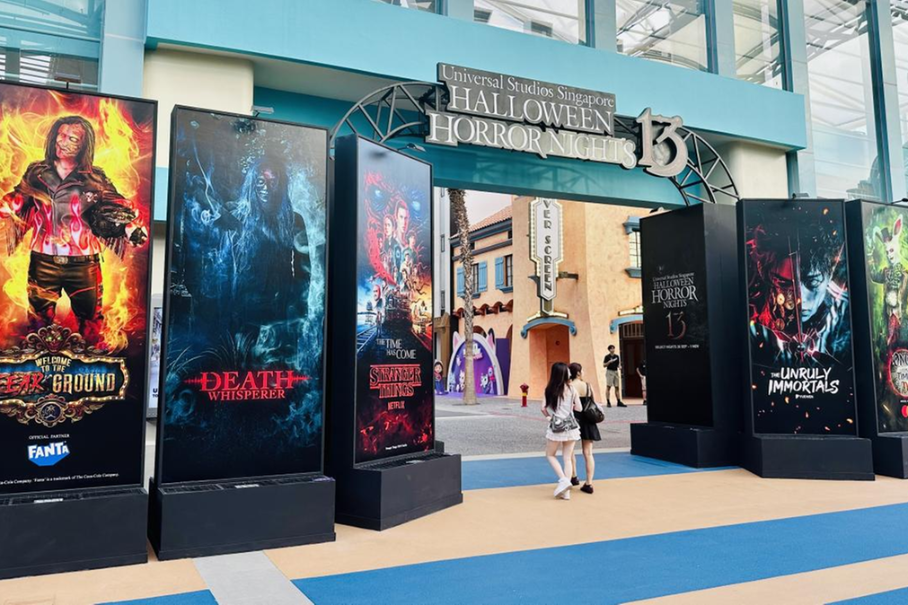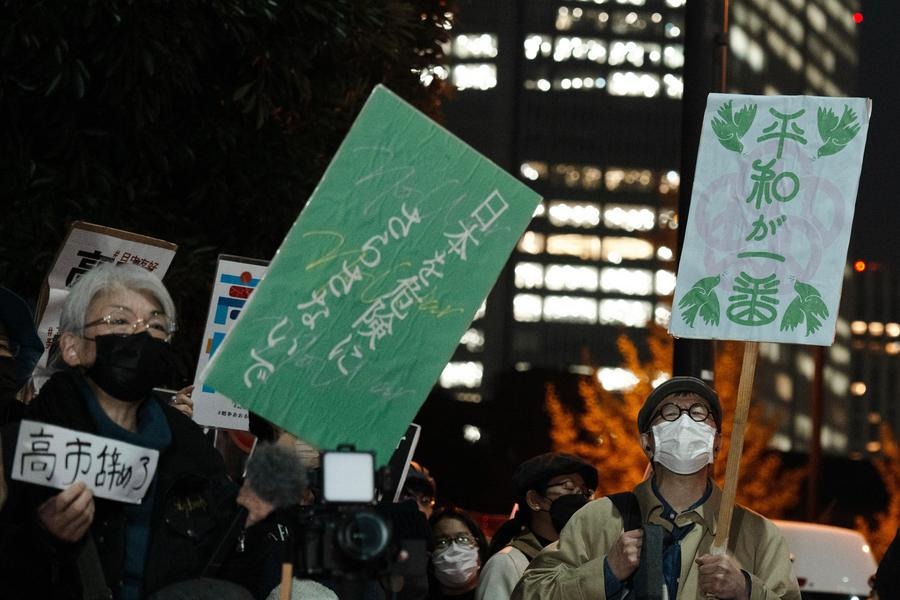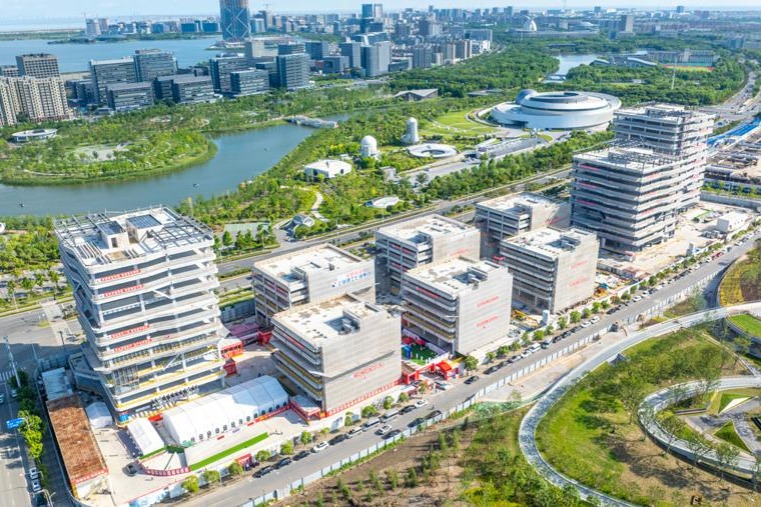Old Beijing - a personal journey of discovery

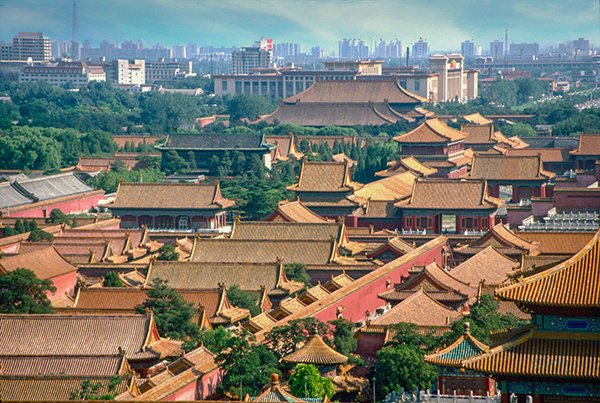
Then there were the men who sat by the alleys and who seemed able to fix almost anything. Pride of place were the bicycle repairers for cycling remained a popular way of local travel.
It was always surprising to wander through alleys and scenes that seemed so caught in a time warp but to suddenly emerge into what even in the mid 1990s was starting to become a modern city.
Canjiquan Hutong led north from the market area and being more residential lacked the earlier bustle. It ran behind the Lama Temple emerging just east of the metro station out on Andingmen East Street and elevated No 2 Ring Road. Previously strong defensive walls from the Ming Dynasty (1368-1644) demarcated this as the northern edge of Beijing's inner city. However, during the Yuan Dynasty (1279-1368) the city, or "Dadu", had extended much farther north. I soon realized that many of the hutongs I was walking through could trace their origins back to that period. It took me quite a while, however, to work out the meaning of many local names, for example Beixinqiao or "North New Bridge". Alleys were closer to daily life, referring to rice, tea, salt or even gold fish (jinyu).























